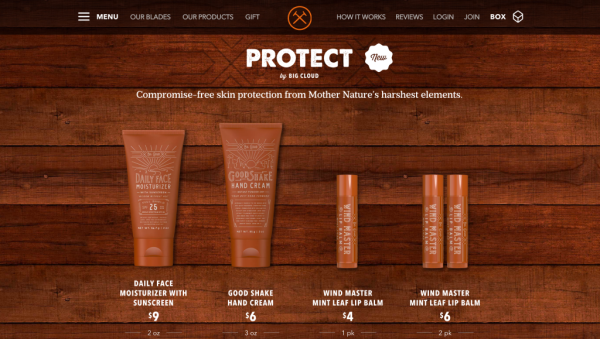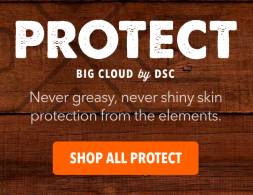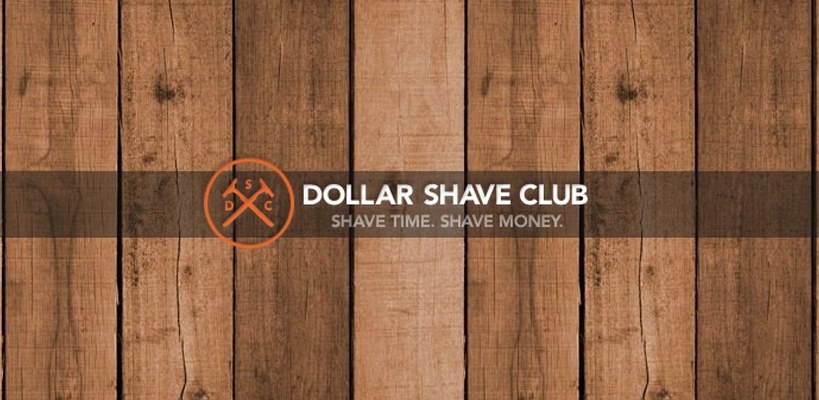The Public Relations Strategic Planning Model is very important when planning a campaign. It helps an organization clearly lay out the information needed for a successful run. Today I want to focus on the initial steps of the model:
3. Business Goals: What are the ultimate goals of the organization for which the campaign is being developed?
4. Statement of Problem or Opportunity: Why does the organization want to go through with the campaign? What problems or opportunities are found through environment scanning? What is the organization hoping to achieve through the campaign?
5. Research Methods:
Research Goals: : What research needs to be conducted in to better understand the rationale for the campaign?
Secondary Research: What are the clients current uses for social media? What outside academic and popular press resources can we use to build support for the campaign proposal?
Primary Research: What research can we do ourselves including interviews with an opinion leader or surveys of audience members who have the potential to be impacted by the campaign to gain more knowledge about the campaign?
If you are curious to what the full model includes, you can reference the Public Relations Strategic Planning Model.
In order to better understand how this can apply to an actual social media campaign, we will look at the Dollar Shave Club Big Cloud line release campaign. Last month I talked about how innovative and successful this campaign was so make sure to check back to that post for background information. This campaign was extensive, with activity on top social media platforms such as Instagram, Facebook and Twitter as well as video content posted on Youtube.
Business Goals: It is clear that the Dollar Shave Club‘s target audience is men, even though they do make an effort to be accessible towards women. That being said, they originally focused their advertising less on their products and more on the service. The company became popular for its convenient and easy subscription to a monthly razor delivery service. This idea clearly resonated with men who did not have time to, or more often than not, would forget to buy more razor blades. Since then, the company has expanded its horizons to not only be accessible, but help men be more aware of how to care for their bodies. The Bathroom Minutes blog offers less promotion-focused posts that teach men things like how much shampoo to use or why their hair turns gray. This particular business goal really came through in the Big Cloud campaign because the six ads released on Youtube focused on making men aware of common skin care issues and how Dollar Shave Club could provide a solution.

Statement of Problem or Opportunity: I do not think the Dollar Shave Club had a problem but rather knew they had the opportunity to broaden their horizons. They had already started a line of shaving products and its success made them realize they could sell other skin care products such as lip balm and moisturizer. Through this campaign, the Dollar Shave Club was hoping to provide more products for their customers and maybe even get more customers to buy their products.

Research Methods: Before beginning this campaign and even before creating the Big Cloud line, DSC had to establish what products their publics had a demand for. They already had the Dollar Shave Club razor blade line, Dr. Carver’s shaving product line, Wanderer shower product line and Boogie’s hair styling product line. Through environmental scanning and listening to their publics’ needs, they found that there was a demand for skin protectants.
What was especially important, was they did research to find out why men do not want to use a daily moisturizer or lip balm that contained sunscreen. The general complaint was that sunscreen made the skin greasy and shiny. Knowing this, they focused their campaign on the fact that their products are different than other skin protectants because they do not leave the skin feeling greasy or shiny.

While half of the ads they produced addressed this problem, the other half focused on instilling a sense of fear or social anxiety in men. The ads created work-related scenarios in which the actor did not use moisturizer, sunscreen, or lip balm and paid the price. The tagline “People Notice” in all the ads for this campaign really drove the point home that men do not typically take care of their skin and they should because it is something people notice.

Overall, Dollar Shave Club did a good job in staying consistent with its business goals while addressing a new opportunity. They did the research needed to have a successful campaign that focused on the right publics and the publics wants and needs.
